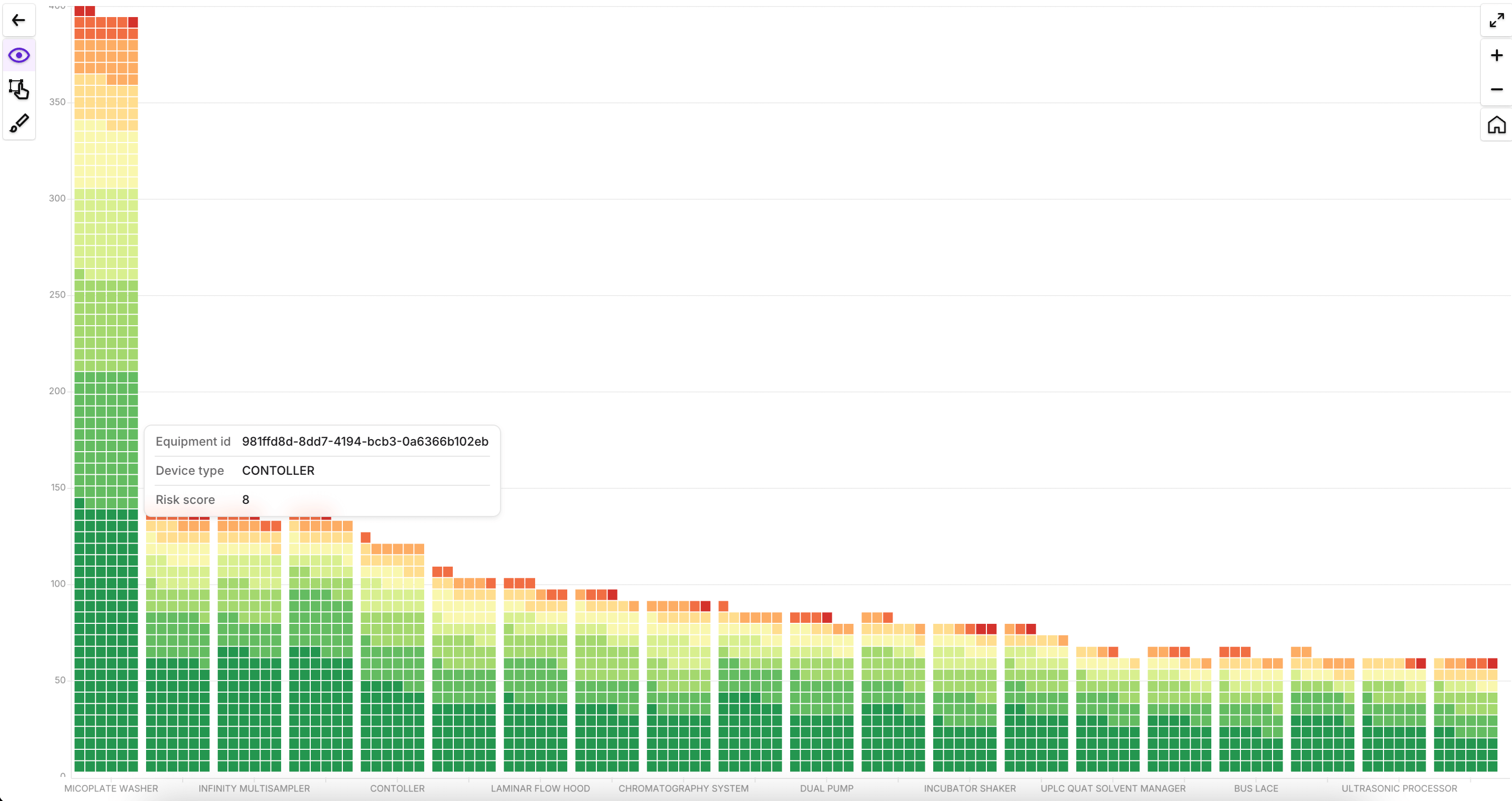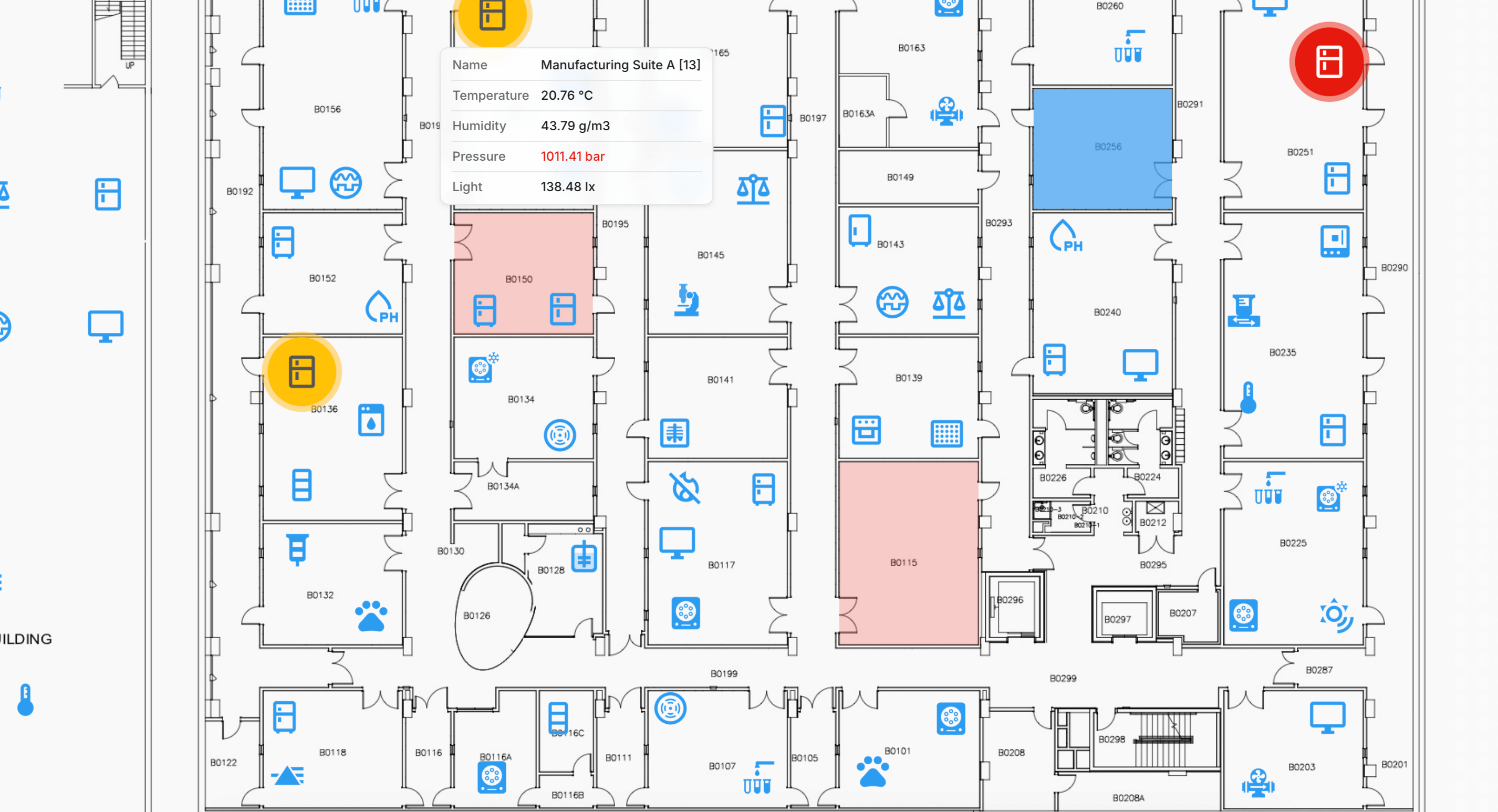Hopara vs Tableau: Discover a Faster, Simpler, and Cost-Effective Real-time Data Visualization Alternative
Hopara is a real-time data visualization platform built for businesses seeking instant, interactive, and highly customizable insights.

Why Hopara as a Tableau Alternative?

Cost-Effective Licensing
Tableau’s licensing structure can be costly, especially for growing businesses. Hopara offers a more cost-effective pricing model without compromising on performance or scalability. This makes Hopara a better alternative for organizations looking to optimize their BI spending while still gaining powerful insights and capabilities.
Faster Implementation & Agile Development
With frequent updates and new features rolled out based on user feedback, Hopara allows organizations to stay agile and responsive to market trends. Easy deployment and minimal setup requirements enable businesses to start working with data faster. Tableau’s adoption process can be slower, with updates taking longer to roll out.
User-Friendly Interface
Hopara is designed with ease of use in mind. Its drag-and-drop interface makes it easy for both data professionals and business stakeholders to create meaningful visualizations without requiring extensive training. Unlike Tableau, Hopara allows users to start visualizing their data right away, reducing the learning curve significantly.
Seamless Collaboration
Collaboration is built into Hopara’s DNA. Teams can easily share dashboards, annotate visualizations, and collaborate in real-time. This native collaboration functionality streamlines workflows and accelerates decision-making. While Tableau can support collaboration, it often requires additional integrations or licenses to enable similar functionality.
Teams Choose Hopara for Real-Time Insights, Better Efficiency, and Seamless User Experience
| Features |
|
|
| Interactive & Real-Time Visualization |
Limited
|
|
| 3D Models | ||
| License Cost |
Affordable
|
Expensive
|
| Performance at Scale |
Lightning-fast processing
|
Clunky
|
| Integrations |
Easy
|
Challenging
|
| Semantic Zoom Capability | ||
| Custom Floor Plan Uploads | ||
| Animated Icons and Visual Elements | ||
| Efficient Asset Management (500+ assets) | ||
| Proportional Zoom | ||
| Flexibility in Design |
High (fully customizable)
|
Limited
|
| Contextual Information Integration |
High (floor plans, 3D models, etc.)
|
Limited
|
| Single Pane of Glass View | ||
| Optimized for mobile screens |


How Hopara Works?
-
1.
Connect Your Data
Seamlessly integrate data from IoT devices, sensors, and databases.
-
2.
Build Layers and Custom Views
Use layers to visualize complex data sets in a simple, easy-to-navigate interface.
-
3.
Share Insights
Collaborate with your team using interactive dashboards and shareable links.
Frequently Asked Questions
Why should I consider Tableau alternatives like Hopara?
Tableau is a powerful tool for data reporting ,, but it can be complex, especially for non-technical users. Hopara offers a modern approach with more intuitive, user-friendly interface with flexible customization options, making it easier for teams to create and collaborate on data visualizations without extensive training or technical expertise.
How does Hopara compare to Tableau for real-time data visualization?
Hopara stands out by enabling seamless integration with contextual elements like 3D models, technical drawings, and interactive maps. This makes it easier to interpret complex data and gain actionable insights, providing an edge over Tableau’s more traditional approach.
What makes Hopara a better alternative to Tableau for collaboration?
Hopara’s native collaboration tools allow teams to share dashboards, annotate insights, and work together in real-time without the need for complex integrations or additional licenses. Tableau can support collaboration, but the process is often more cumbersome and requires additional configuration.
Is Hopara as customizable as Tableau?
Hopara offers high customization, with drag-and-drop functionality, easy integration with cloud platforms, and flexible data sources. While Tableau also offers extensive customization, Hopara simplifies the process, making it accessible to non-technical users and teams with fewer resources.
How does Hopara handle business growth better than Tableau?
Hopara’s cloud-native infrastructure ensures that it can scale quickly and easily, with minimal maintenance required. In contrast, Tableau’s scalability often comes with higher resource demands and a more complex setup process, which can be challenging for growing organizations.


